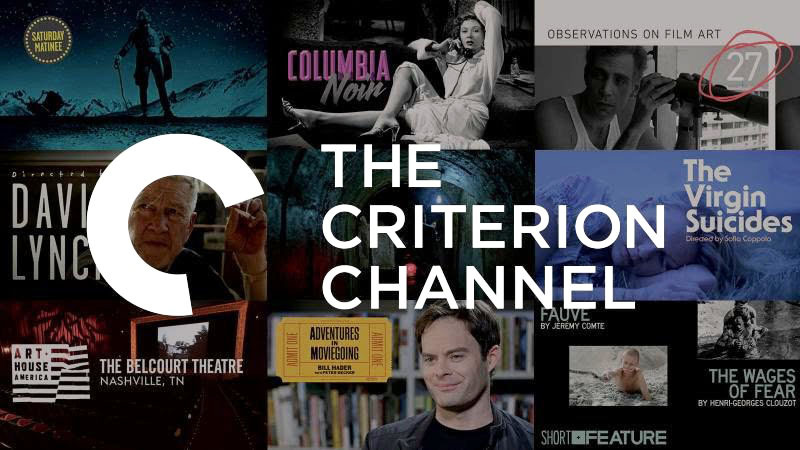ALL THE WORLD’S A SCREEN: The Criterion Channel offers welcome streaming alternative

Last month, The Criterion Collection — a company that, according to its mission statement, is “dedicated to publishing important classic and contemporary films” — launched its own streaming service. Head over to the Criterion Channel, and you’re greeted with the words “A Movie Lover’s Dream” emblazoned on a beautiful, indigo-filtered snapshot of Kirsten Dunst in “The Virgin Suicides,” well, dreaming. The Channel is publicized as the film buff’s playground, a stronghold of arthouse cinema bursting with films you likely won’t find anywhere else these days.
That’s because our moviegoing culture is changing, quickly, not just because we see movies differently, but because movies see us differently too.
Especially in the U.S., viewers are considered consumers who must be entertained, not critics who must be informed. Even though movies lend us both entertainment and literature, they are now emphasizing the former quality over the latter. It’s quantity over quality now — capitalism is seeping into our cinemas.
Such consumerist thinking actually pushes us out of the theaters. With streaming services incessantly competing for the attention of their subscribers, going to the movies is too pricey an alternative. Daily dumping truckloads of content into our devices, these sites will do anything short of selling their souls to keep us hooked. Watching a lot of movies can be a good thing, of course, but not when supply zooms past demand — that makes movie audiences what they were never meant to be: passive.
The Criterion Channel is a haven in a content desert. It stepped onto the scene with an arsenal of pre-selected films — mostly foreign, 20th century arthouse — already in The Criterion collection. Unlike Netflix, The Criterion Channel is curated in line with one mission: to familiarize audiences with important filmmakers. Indeed, everyone with a title in the channel is a significant contributor to modern films, blockbuster or indie. You’ll find the likes of American surrealist David Lynch, Italian visionary Federico Fellini, master of suspense Alfred Hitchcock and comedy royal Charlie Chaplin — artists whose names double as adjectives that describe their signature cinematic flourishes.
Daunting as they may seem, black-and-white foreign arthouse movies do not reside in some elite echelon of culture reserved for the thinking man. They are for everyone — and Criterion is emphasizing the need for more people to appreciate these films.
Netflix is not the bad guy — of course, it contains great movies Criterion would never select — but its business model (which will inevitably remain the norm for years to come) is training us to see movies as just something to have in the background, a second screen to provide light entertainment as we attempt to multitask. The surplus of streamable films is a double-edged sword: It’s good to give more people the opportunity to tell their story for millions of subscribers, but it’s not good that streaming sites want us to quickly queue up the next thing. As our Netflix watchlists clutter up, we feel like we have to watch everything. So we try to, while not giving each individual story the attention it actually deserves.
Criterion means to promote those films that took the medium forward even as they built on the foundation of the past. Its strong lineup — equipped with special features for almost every film — educates the common viewer and film student alike, training them not to be passive viewers but to dissect why each film is deemed important. Without the Criterion Channel, some of the best stories ever told would have no home.
Isa Uggetti is a junior writing about film. He is also the lifestyle editor of Summer Trojan. His column, “All the World’s a Screen,” runs every other week.

